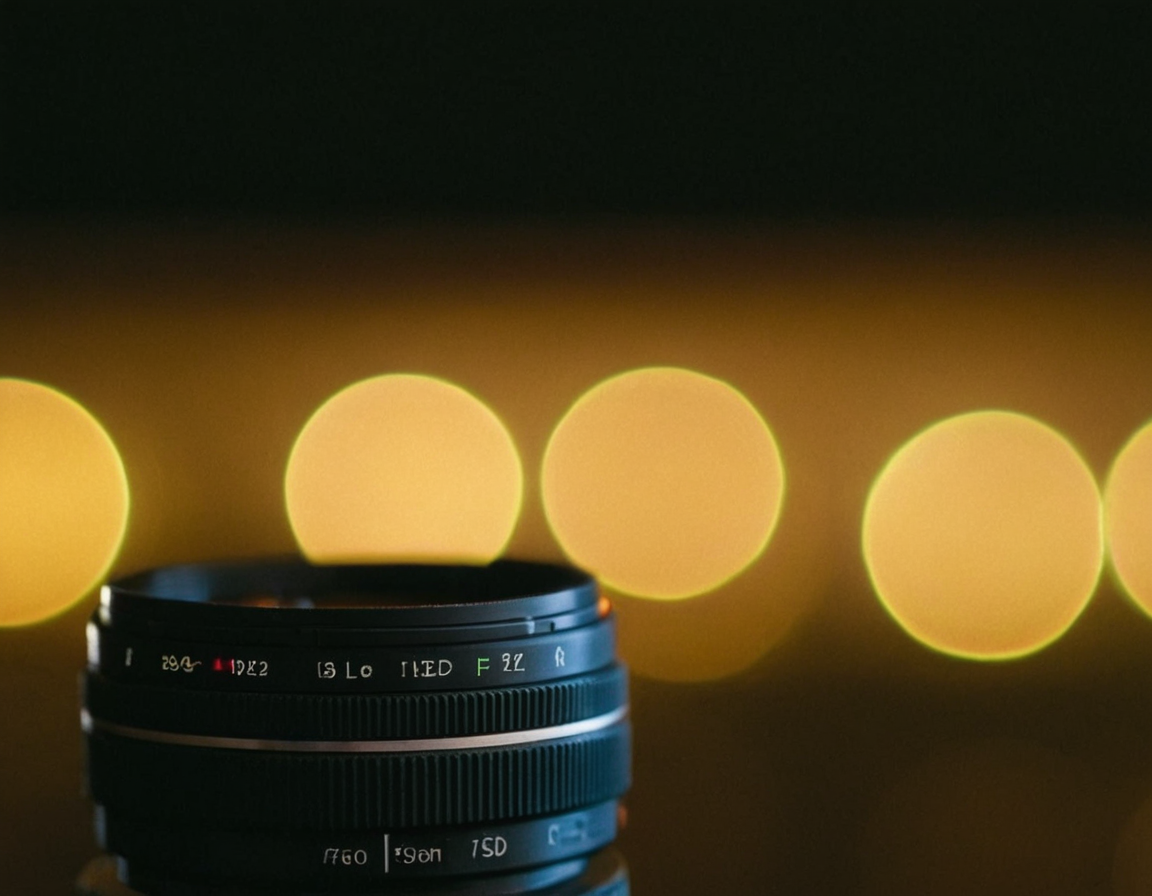Bokeh Basics: Elevate Your Photography with Our Guide

Understanding Bokeh for Beginners: A Comprehensive Guide to Visualizing Data
Introduction
In the world of data science and visualization, there are numerous tools at our disposal to effectively communicate insights and findings. Among these, Bokeh stands out as a powerful library that enables users to create interactive and publication-quality visualizations. In this article, we will delve into the basics of Bokeh, exploring its features, applications, and best practices for beginners.
What is Bokeh?
Bokeh is an open-source data visualization library for Python that focuses on producing high-performance, elegant, scientific interfaces. It’s particularly well-suited for large-scale data analysis and communication.
Key Features of Bokeh
Before we dive into the nitty-gritty, it’s essential to understand what makes Bokeh tick:
- Interactive Visualizations: Bokeh allows users to interact with plots in various ways (e.g., zooming, panning).
- Publication-Quality Plots: By default, these are high-quality, professional-looking.
- Web-based Deployment: This means that you can share your work with others without worrying about compatibility issues.
Setting Up Bokeh
To get started with Bokeh, ensure you have the following installed:
- Python 3.x
- NumPy
- Pandas
- Matplotlib (for background functionality)
You can install these packages via pip or your preferred package manager.
# Install necessary packages using pip
pip install bokeh numpy pandas matplotlib
Creating a Simple Bokeh Plot
Below is an example of creating a basic line plot:
import numpy as np
from bokeh.plotting import figure, show
from bokeh.models import ColumnDataSource, HoverTool
# Create some sample data
x = np.linspace(0, 10, 100)
y = np.sin(x)
source = ColumnDataSource(data=dict(x=x, y=y))
p = figure(title="Simple Line Plot",
x_axis_type="auto",
tools="hover")
p.line('x', 'y', source=source)
show(p)
Customizing Your Bokeh Plot
By default, Bokeh plots can be customized using various options:
title: Set the title of your plot.x_axis_typeandy_axis_type: Specify axis types (e.g., linear or log).tools: Enable hover tool for data points.
Advanced Topics
For more advanced topics, we recommend checking out the official Bokeh documentation.
Conclusion
In this article, we have covered the basics of Bokeh, a powerful library for creating high-quality visualizations. We’ve also provided practical examples and tips on how to get started with it. Remember that practice makes perfect – keep experimenting and refining your skills.
About David Lopez
As a seasoned photographer and blogging expert, I help creatives refine their craft on lentecreativa.com. With a focus on practical tips & techniques, I inspire photographers to push boundaries and capture stunning images.
